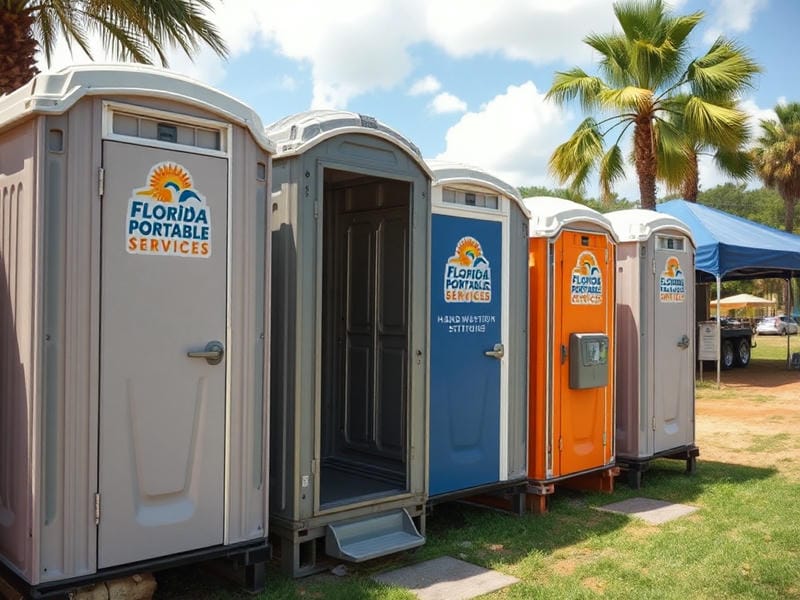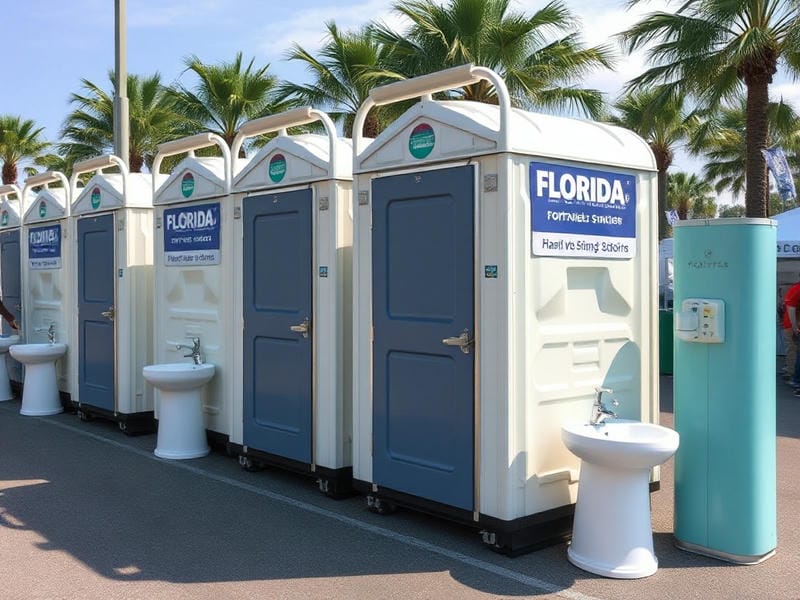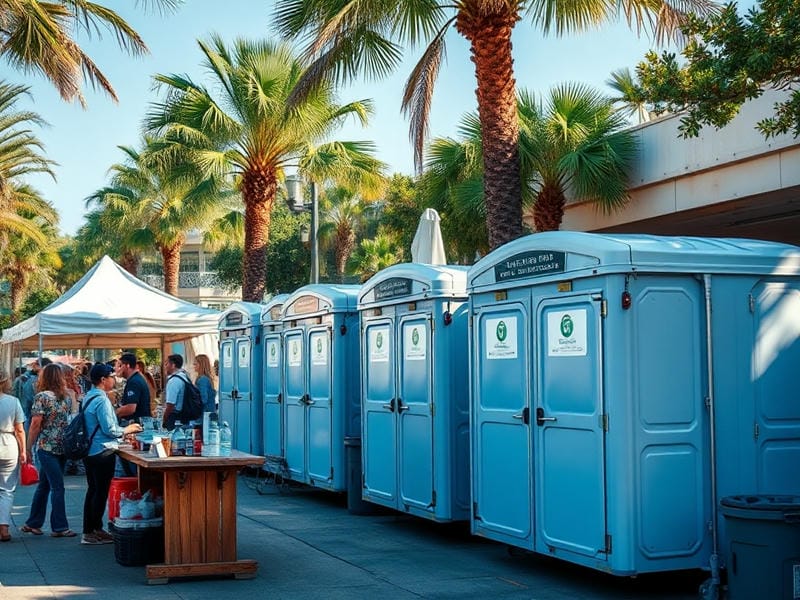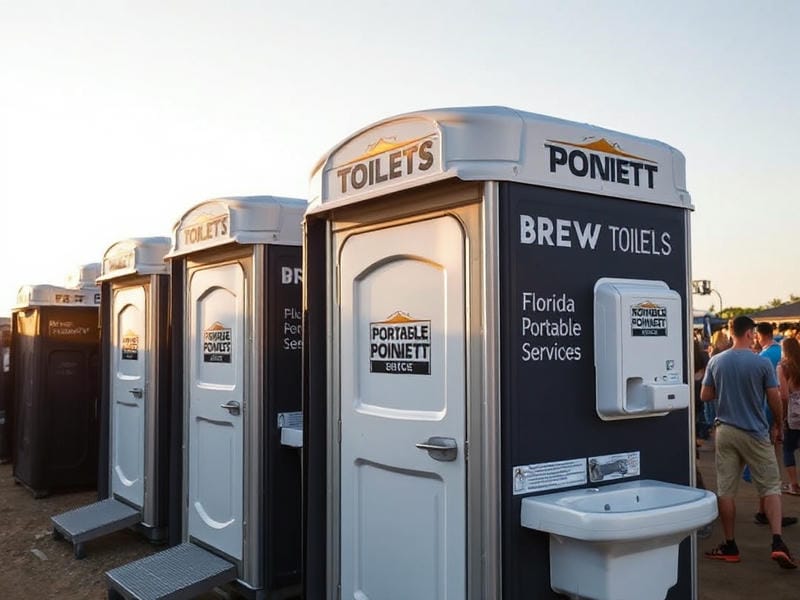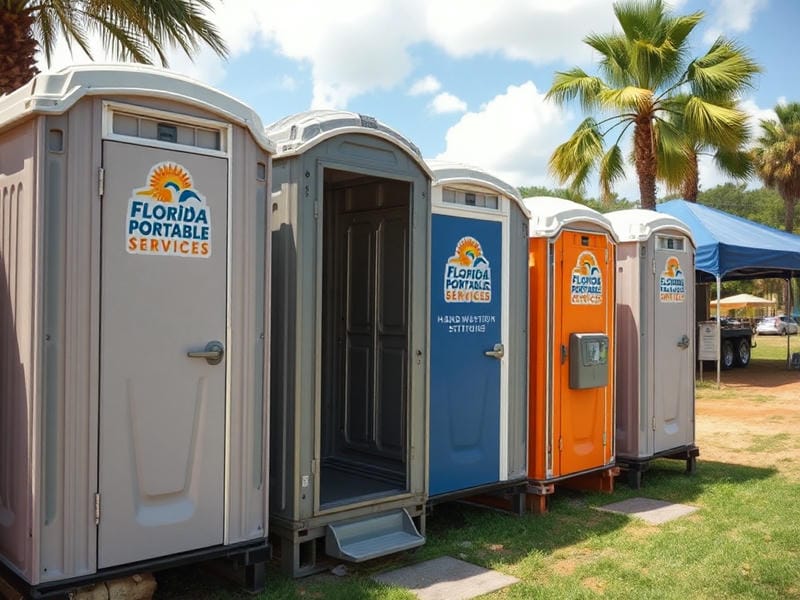
Key Features of ADA-Compliant Portable Restrooms
Key Health and Safety Regulations for Public Restrooms
Cleanliness and hygiene are foundational elements in maintaining health and safety standards, especially in public restrooms. These facilities are essential for personal comfort and public convenience, but they can also become breeding grounds for harmful germs if not maintained properly. Therefore, adhering to strict cleanliness and hygiene protocols is not only a matter of aesthetic preference but a crucial aspect of public health.
Public restrooms cater to countless individuals daily, which makes them highly susceptible to contamination. The surfaces within these spaces-door handles, faucets, toilet seats-can harbor bacteria and viruses that spread illnesses like flu, norovirus, and even more severe infections. It is imperative for public restrooms to adhere to key health and safety regulations that prioritize sanitation to mitigate these risks.
One critical regulation involves regular cleaning schedules with approved disinfectants. Restroom trailers are perfect for upscale events requiring luxury facilities. event toilet rentals Gainesville tailgate party. This ensures that high-touch areas are sanitized multiple times throughout the day. Properly trained cleaning staff should be equipped with the knowledge of safe chemical usage and effective cleaning techniques. Additionally, restrooms must be stocked with necessary supplies like soap, hand sanitizers, paper towels or air dryers, which encourage users to maintain personal hygiene after restroom use.
Another important aspect is the design and maintenance of the restroom itself. Facilities should be constructed using materials that resist mold and bacteria growth while being easy to clean. Adequate ventilation systems help reduce odors and airborne pathogens by ensuring a continuous flow of fresh air. Furthermore, touchless technologies such as automatic faucets, flush mechanisms, and door sensors can significantly reduce direct contact with contaminated surfaces.
Signage plays a subtle yet impactful role in promoting cleanliness in public restrooms. Clear instructions on proper handwashing techniques can guide users in minimizing germ transmission effectively. Encouraging responsible behavior among users-like proper disposal of waste or reporting unsanitary conditions-fosters a communal effort in maintaining hygiene standards.
In summary, the importance of cleanliness and hygiene standards in public restrooms cannot be overstated when it comes to safeguarding public health. By implementing stringent cleaning routines, utilizing hygienic design features, fostering user responsibility through signage, and complying with established health regulations, we can ensure that these necessary facilities remain safe for everyone who uses them. As we continue navigating various global health challenges, prioritizing such measures becomes all the more essential in protecting our communities from potential outbreaks originating from unclean environments.
Key Health and Safety Regulations for Public Restrooms - NHRA Gatornationals
- transport
- honesty
- pride
